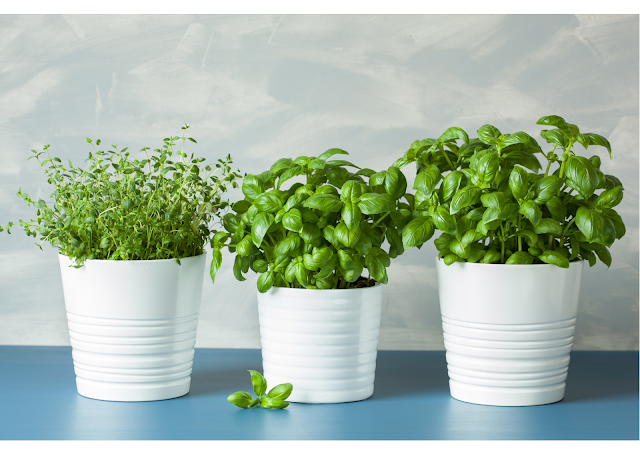Pesto!!
A favourite to have in the freezer is homemade pesto. So simple to make, and if you are lucky enough to have grown your own basil, absolutely the best way to preserve it. So much better than drying basil, the flavour is a great addition to so many dishes.
Fresh basil is available almost all year round, but it is so easy to grow yourself, indoors or outside.
Mortar and pestle is the classic way to make pesto, grinding the pine nuts, salt, and basil to a smooth paste.

Basil, garlic, pine nuts, salt, olive oil and Pecorino Romano cheese are the classic ingredients, but you can make it your own with a few changes.
Basil is a must, along with the salt and olive oil - but you can replace the pine nuts with blanched ground almonds, and the cheese can be Parmesan or another hard cheese. For a vegan option, the cheese can be eliminated entirely - and this way cheese can be added when serving if desired.
Ingredients:
- 2 cups fresh basil leaves, packed
- 1/2 cup grated Pecorino Romano cheese (or Parmesan) leave out cheese for a vegan option
- 1/2 cup extra virgin olive oil
- 1/3 cup pine nuts - (or blanched ground almonds)
- 3 garlic cloves, minced
- 1 tsp salt
Instructions:
1. In a dry skillet, lightly toast the pine nut over medium-low heat until they become fragrant and lightly golden. About 2-3 minutes, watching and stirring. Set them aside to cool.
2. In a food processor, combine the basil leaves, nuts, minced garlic, and 1/2 tsp. of salt. Blend until roughly chopped - don’t over process at this stage.
3. While the food processor is running, slowly drizzle in the olive oil until the mixture is smooth and well combined. If needed, scrape down the sides of the processor bowl.
4. Add the grated cheese if using, and pulse a few times until everything is evenly incorporated.
5. Taste the pesto and adjust the seasoning with additional salt if desired.
6. Transfer the pesto to a clean jar or container. It can be stored in the refrigerator for up to a week.
If you would like to freeze the pesto, cover the top of the pesto with a thin layer of additional olive oil before freezing. My favourite way to freeze is in ice cube trays, easy to access only as much as you need.
Pesto added to any simple pasta dish will make it memorable - a favourite is Linguine with Pesto







Comments